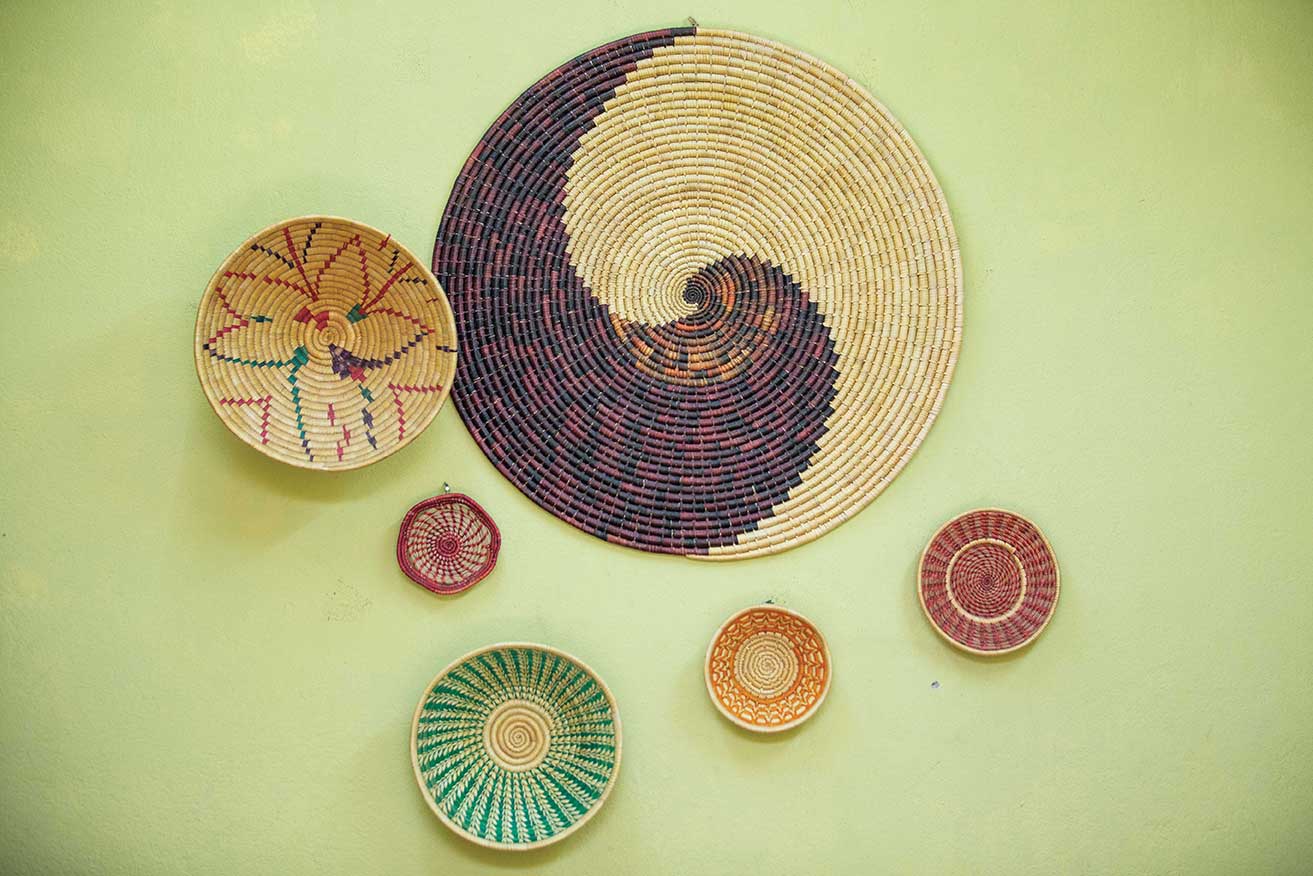Nepal’s biggest band talk are all about representing the entire country with their music and collaborating with everyone from breakdancers to international artists.
Kutumba — which means kinship in Nepali, is Nepal’s most renowned folk band. Based in Kathmandu, “Kutumba is all about bringing together traditional folk tunes and instruments from around Nepal with new and improvised sounds and ideas”. With the incredible plethora of folk music spread across the Tarai and hidden amongst the mountains of Nepal this calls for a lot of sharing, creativity and inspiration. The life and soul of Kutumba is really found in its collaborations with other folk musicians. Kutumba is about celebrating links and revealing the unity among the very different cultural traditions in Nepal. Spreading and sharing musical heritage is at the focus of their work. “Folk music is what we are,” explains Pavit, the band’s percussionist.
 Jamming,improvising & collaborating
Jamming,improvising & collaborating
When asked about what they valued about the collaboration process the band were in agreement, “We have learnt how to share, its about listening for the spaces and discovering where we can interact with musicians.” Part of Kutumba’s work has been in visiting towns and villages across Nepal. Sharing folk music traditions, challenging each other to be better musicians and promoting instruments from all over the country is something that the band has found particularly satisfying.
On arriving in a village the collaboration process is simple, “We start by showing the villagers what we do, we listen to each other’s music, sing together, then the drummer starts playing to get a beat. Eventually we add in the melody,” says Paavit. Keen to be able to refer to their music as Nepali, Kutumba consciously use melodies, rhythms and instruments from all over Nepal. Their songs are fusions of the traditional folk music that they find around and about the country. Their song, ‘Pariwartan’ is a good example of this. As well as preserving the traditional folk music they are then developing new sounds and ways of allowing the beats and melodies to sit together. This is in line with the very culture of folk music in keeping the oral tradition moving and developing. As a band they are very open to collaborating with everyone from musicians in villages to the British singer, Martina Topley-Bird, from Breakdancers like The Everest Crew to Nepal’s one and only gypsy jazz guitarist, Hari Maharajan. The band are keen to showcase their music in a different way.
Touring
Kutumba band members admit that the group has really benefitted from touring abroad. It appears that this has given them more credibility nationally. When asked about their aspirations for the future however, their focus remains firmly on Nepal. Touring schools and communities, Kutumba has managed to draw attention to folk music as an art form and something to celebrate in. Music is commonly played during festival periods but it is otherwise left to the wayside. In many ways, as role models, Kutumba has cleared the road for other folk bands. There are younger bands who have followed suit and are exploring the folk music genre. After a performance Kutumba did in Panauti where the Newar music is based on drumming a group of inspired young people formed a band themselves and went to India to showcase their music. They won the competition. Here’s to the celebration of folk music, there’s a lot of heritage there to be proud of. n











